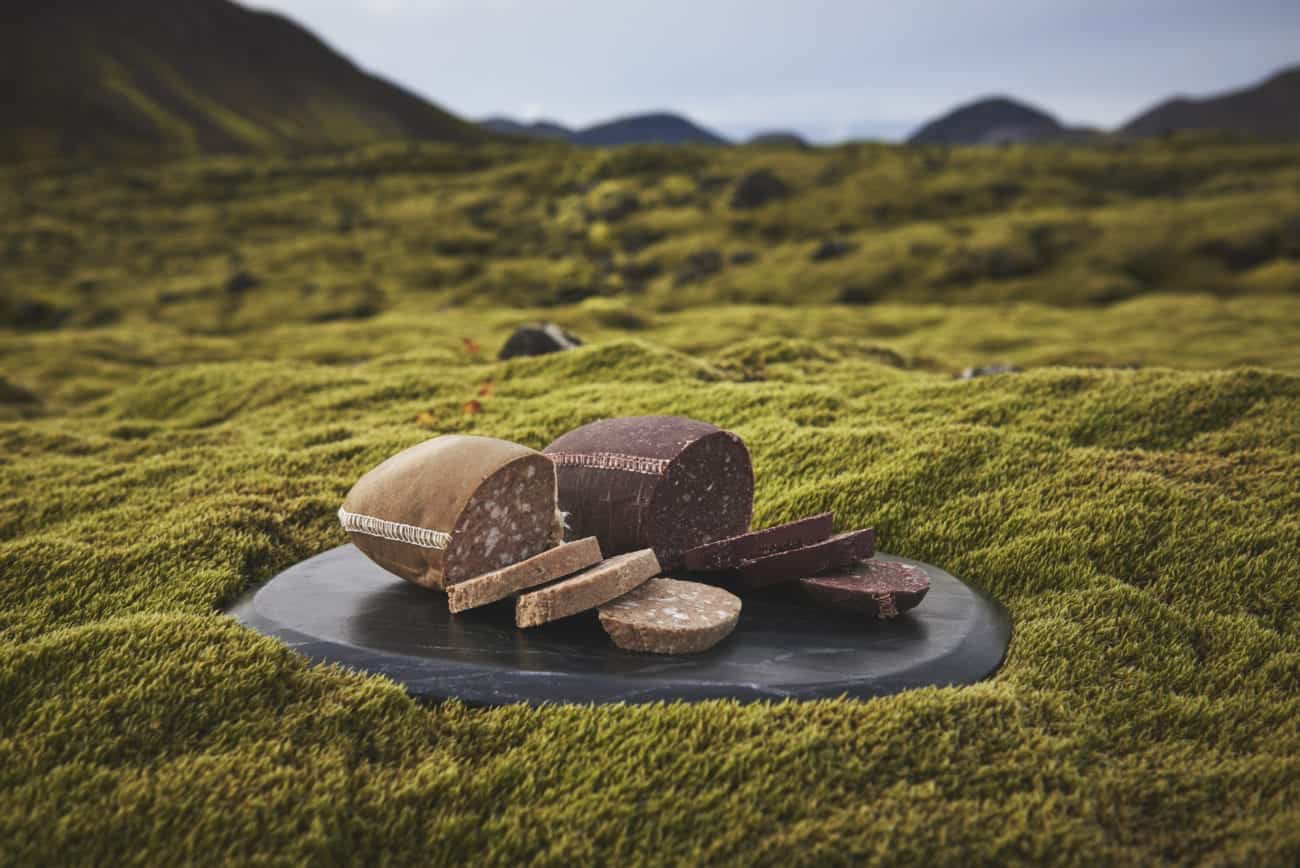Travel like a Viking in Iceland
Are you interested in witnessing our Viking heritage first-hand? Let’s travel our little volcanic island Viking style – but without the pillaging and violence, please…
First a little history lesson
Iceland was settled by Vikings somewhere around the year 871. A Norwegian chieftain named Ingolfur Arnarson was, according to “Landnamabok” (“Book of Settlements”), the first Viking to settle Iceland. The Viking Parliament Alþingi (“Althing”) was established in 930 by the ruling chiefs in Iceland and is the oldest parliament in the world. Chieftains, the Godar, met each summer to amend laws, settle disputes and appoint juries to judge lawsuits. Most settlers were pagans and worshiped the Norse gods, Odin, Thor and Freyja among others. In the year 1000, as a civil war between religious groups was about to break out, a decision was made at Althing that Iceland should become Christian, however, the pagans could continue to worship their gods in private. Icelandic Vikings went on many raids during the Viking age and are among others things credited to have discovered and settled in Greenland and North America, which they called Vinland. The Viking period is said to have ended in 1066 AD. The Viking age and the following two centuries was the time of violent conflicts between ruling family clans in Iceland, who were in constant power battles and/or seeking their brethren’s revenge.
Now you are ready to go on your journey.
Reykjavík
Mink Viking Portrait
Your very first stop should be at the Mink Viking Portrait studio to unleash your inner Viking. Your photographer and the owner of the establishment, Gudmann, is a self-proclaimed Viking geek. He is a member of the Viking fighting club Rimmugygur, therefore he knows all the right Viking fighting poses! Gudmann has a wide range of authentic Viking costumes, accessories, and weapons and he will impart his extensive knowledge about Viking culture to you. Not only do you get a one-of-a-kind souvenir – a portrait of yourself and your friends as Vikings – the experience is incredibly fun and really captures the true essence of Viking-ness.
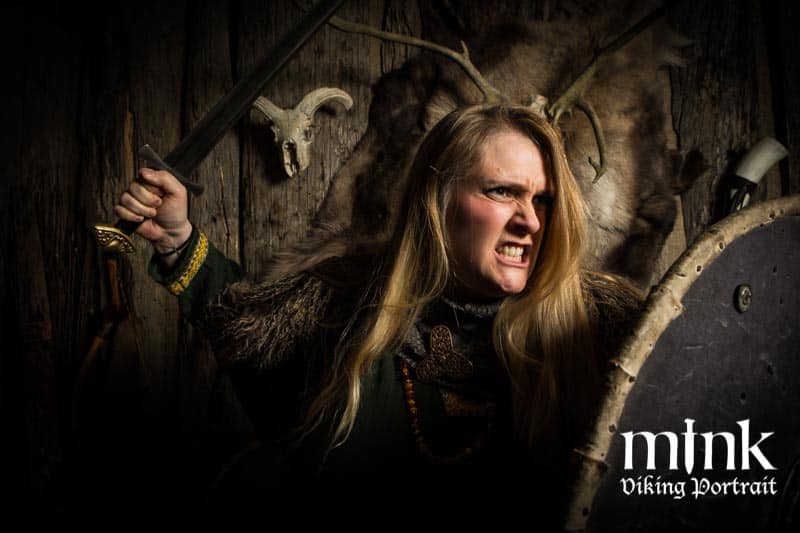
Next stop – Viking housing in Reykjavik
Because of the quality of the construction materials used, there are no Viking houses still standing but archeologists have dug up a few remains of Viking longhouses. One of which you can find in a neighboring town called Gardabaer. At the Hofsstadir Historic Park, you will find the outer edges and foundation of a longhouse from the Settlement period. They’ve also put up some pretty cool interactive multimedia technology that shows you what it was like to live in a longhouse and they also feature a 3D reconstruction of the building.
The same concept is also to be found at the Settlement Exhibition. There you will find the remains of a Viking longhouse with some very cool multimedia information on how the settlers adapted to their new environment in Iceland. This Viking house was inhabited from around 930-1000, however not far away from this hall, the remnants of a wall dated before 871 was also excavated, making it the oldest man-made structure found in Iceland. Perhaps the remains of Ingolfur Arnarsson’s dwelling?
National Museum
Only 10-15-minute walk away from the Settlement Exhibition you will then find Iceland’s National Museum (Thjodminjasafn). There you will find relics that have been excavated in Iceland in the last 200 years. Most of the items are made of inorganic material, such as metal; organic relics made of wood and bone are rarely found in Iceland. The most common relics are weapons and jewelry, as Vikings are said to have been very fond of ornamentation. One of the most famous relics preserved at the National Museum is the Thor relic, a bronze statue of Thor holding his hammer that though also very much resembles a Christian cross. This blending of religious symbols makes it very interesting, especially because the relic dates to the time of the Christening of Iceland, about the time when Vikings were torn about which religion they should belong to.
Iceland’s treasures
At the Culture House in downtown Reykjavik, you have the chance to examine Iceland’s pride and joy – the Icelandic Sagas manuscripts. The manuscripts are recognized by UNESCO as having outstanding cultural value, and as other countries have their crown jewels, these manuscripts are our most prized treasures. The Saga of Icelanders tell the stories of the family clans in Iceland in the 9th-11th centuries.
Icelandic Sagas – The Greatest Hits
Now after you’ve learned everything about the Icelandic Sagas, it’s very appropriate to go and see the show “Icelandic Sagas – the Greatest Hits.” It is a 75-minute theatrical comedy show based on the sagas. It is absolutely hilarious and great fun for the whole family.
Saga Museum
In the Saga Museum, they have recreated key moments in Icelandic history by creating life-like replicas of historical figures, based on descriptions found in the Icelandic Sagas. Clothing, weapons and everyday objects have been constructed using traditional methods. This museum is a very visual and fun way to experience the Icelandic Sagas!
Viking Village
By now you have probably built up your appetite and you are in dire need of a proper Viking feast! You should pop over to Hafnarfjordur, a neighboring town and visit the Viking Village. Here you will get traditional meals served in old-fashioned Viking style trays. Singing Valkyries and Vikings create the perfect Viking dinner atmosphere!
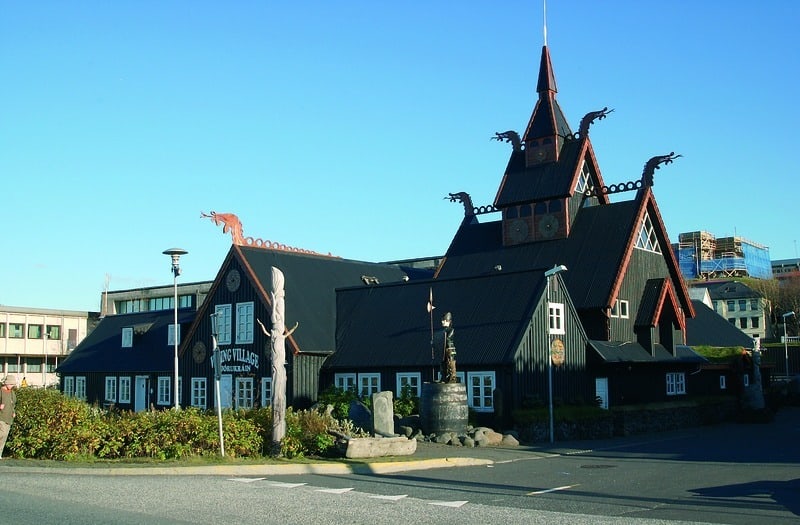
South Iceland
Thingvellir
Thingvellir, one of the historically most important places in Iceland, is the site on which the Viking Parliament Althing took place. This land was chosen for the yearly assembly because of its favorable pastures and access to firewood and fresh water. For two weeks each summer, Thingvellir was the center of social life, with often about 4.000 people in attendance. One in every nine farmers of each region had to go with their chieftain to the Althing, which meant that up to 500 farmers were required to go along. Even though the main purpose of the gathering was of course debates and decisions regarding legal matters, a little fun was also allowed. Merchants, sword-sharpeners, and tanners would sell their goods and services, clowns performed, and ale-makers brewed drinks for the assembly guests. In my opinion, you can almost feel the power and presence of these historical events that took place there…
Tour tip: Golden Circle tour
Thjorsardalur valley – Stong
In 1974, a replica of a Viking age farmhouse was built to mark the 1100th anniversary of the settlement of Iceland. The replica is based on the ruins of the old farm Stong, but it is believed that the farm was deserted during volcanic explosions in the volcano Hekla in 1104. Builders tried to be as true to the authentic workmanship as possible. The building truly is a testament to how sophisticated and magnificent Viking housings were.
In the year 2000, a turf-clad stave church was also erected next to the farmhouse.
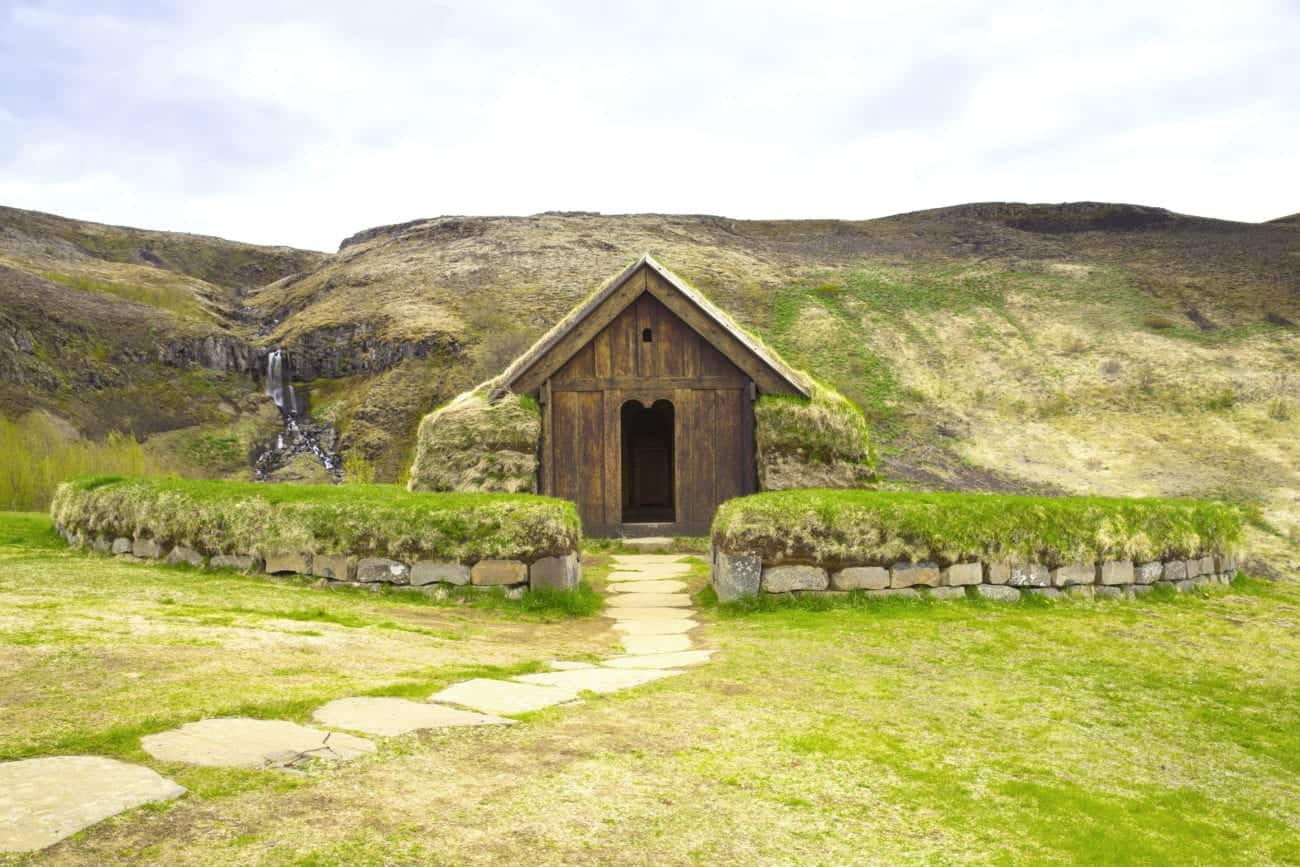
Saga Centre in Hvolsvollur
One of the most famous Icelandic sagas is Njal’s Saga. The saga takes place in the years 960-1020 describing blood feuds and the importance of honor. The main characters are the friends Njall Thorgeirsson, a lawyer and a sage, and Gunnar Hamundason, a farmer and formidable warrior. The exhibition in the Saga Centre is dedicated to Njal’s saga. The exhibition is divided into three sections, the Viking section, Manuscript section, and the Njal’s saga section. The Viking section focuses on the Viking world view and the navigation technique that made it possible for them to sail all over the world. In the Manuscript section, you can learn about who wrote the sagas and how. In the Njal’s saga section they try to account for all the main characters and events through both text and pictures. There is a lot of information to absorb here so give yourself some time!
Stokksnes Viking Village
This Viking village is actually an abandoned film set! However, even though these are not real buildings from the Viking era, their authenticity along with the mystical surroundings gives you the feeling of traveling through time. You can take a peep inside the houses and see a range of rooms that look so authentic. The film set was built in 2010, but due to funding issues, the movie was never filmed. This is a place perfect for fun and interesting photo sessions!
North Iceland
Gasir
Situated 11 km / 7 miles from Akureyri, Gasir is quite a unique place. Nowhere else in Iceland have there ever been found as many remnants from a trading post from the Middle Ages. This was the main trading post in Iceland during the Middle Ages and it’s mentioned many times in the Icelandic Sagas. Every July, a medieval festival takes place here, where Icelandic craftsmen celebrate the era dressed up in medieval clothes and sell their handicrafts.
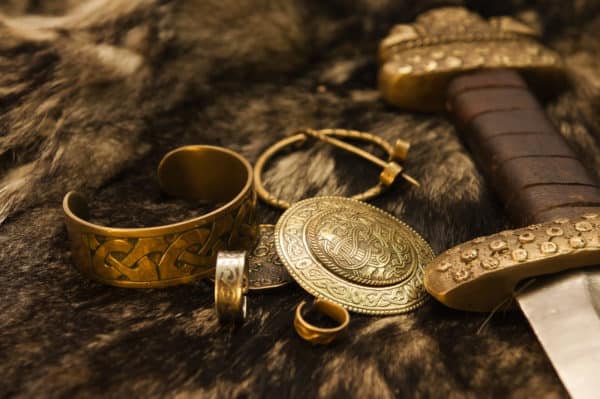
Drangey
Take a boat trip over to Drangey island, and as you are on the boat, think about the fact that Grettir Asmundason swam over to the island, over 7 km / 4 miles in the ice-cold Atlantic Ocean. As the story goes, Grettir smeared himself with bird fat, headed out in the afternoon and got there when the sun had already set. Since then, this swim has become a drive of achievement and many have tried to prove their robustness by swimming over – but we recommend just taking the boat. A little background on Grettir Asmundason: he is the protagonist in the Icelander’s saga Grettis saga. Grettir was not a very likable person, he once wrestled a ghost, who afterwards put a curse on him, because … of course. He cursed him with misfortune and that he would end up an outlaw. Well, Grettir ended up killing a lot of men and became an outlaw and was forced to flee to the islands where he resided for a few years, living off birds, eggs, and a few sheep.
Grettislaug
This geothermal pool is named after the above-mentioned Grettir. According to the story, Grettir bathed in the warm pool after he swam back from Drangey to prevent himself from dying from hypothermia!
Battle of Iceland
Located in Saudarkrokur in Skagafjordur this brand-new exhibition will open in the spring of 2019. Even though this exhibitions focus is on the Sturlunga Era (1220-1264) of the Icelandic Sagas, it totally has the Viking vibe to it. The exhibition gives you an overview of Iceland’s largest and most famous battles. With interactive technology, they bring to life the most dramatic family feuds and fatal civil war, that ended Iceland’s independence.
Museum of Prophecies
This exhibition focuses on Thordis a fortune teller who lived in Skagastrond in the late 10th century. A guide leads you through the exhibition and you will learn many interesting things about prophecies and fortune telling. Prophecies and fortune telling were a very important thread through the Viking age and Icelandic Sagas and people very much believed in them. You can get your fortune told and your palm read – if you dare…
West Iceland
Museum of Icelandic Sorcery & Witchcraft
In this very popular museum, you can learn about magical runes and magical creatures. If you want to learn how to get someone to love you, just learn about how to use the Icelandic magical love stave! You can also learn about how to make your own Necropants, yes, they are made out of human skin – but they’ll make you rich! In the Viking society, sorcery and magic was a very common practice and practitioners were of both sexes. Sorcery was also a big part of Norse mythology and very often associated with both the god Odin and the goddess Freyja.
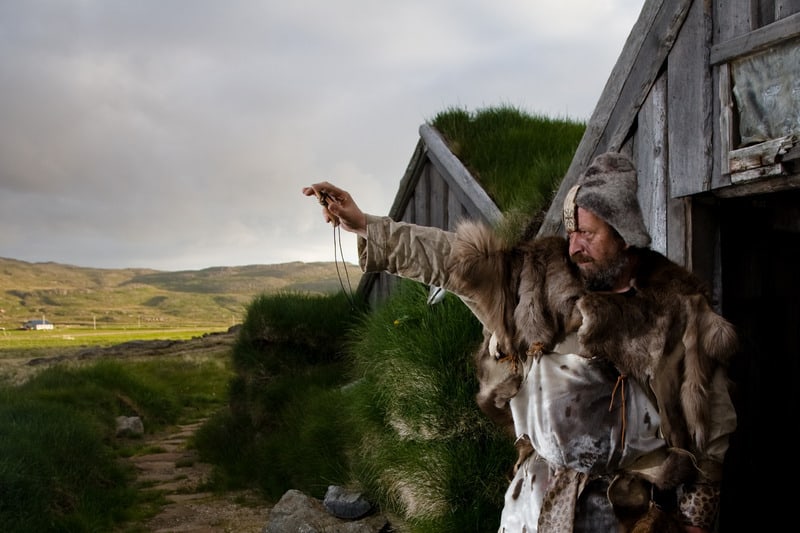
Eiriksstadir
At Eiriksstadir, they have reconstructed a Viking longhouse and you are invited to come inside and sit by the fireplace. An important part of Icelandic culture is the art of storytelling. Iceland was not a rich nation and books were only for the elite. Therefore, our much-priced Icelander Sagas were brought down generation to generation by the word of mouth. At Eiriksstadir they invite you to meet real Viking story tellers, that tell you these stories. You can also try Viking tools and learn about Viking craftmanship, architecture, and clothing. They are open from June through August.
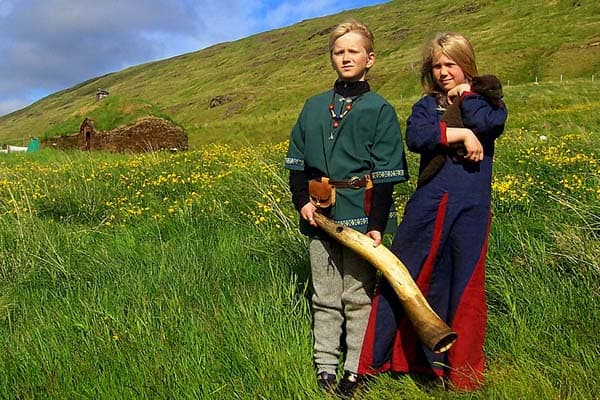
Reykholt
Reykholt is one of Iceland’s most famous historical sites and culture center. Reykholt was home to the famous medieval historian, poet, and chieftain Snorri Sturluson, 1206-1241. Snorri was twice elected as the law speaker at Althing. He was the author of the Prose Edda, a narrative of Norse mythology and Heimskringla, the history of Norwegian Kings. Some also believe him to be the author of the Icelandic saga Egil Saga. At Reykholt you will find Snorrastofa, a cultural center and research institute in medieval studies.
Here you can also see the old warm pool called Snorralaug, that dates back to the 10th century and is maybe the oldest preserved man-made construction in Iceland.
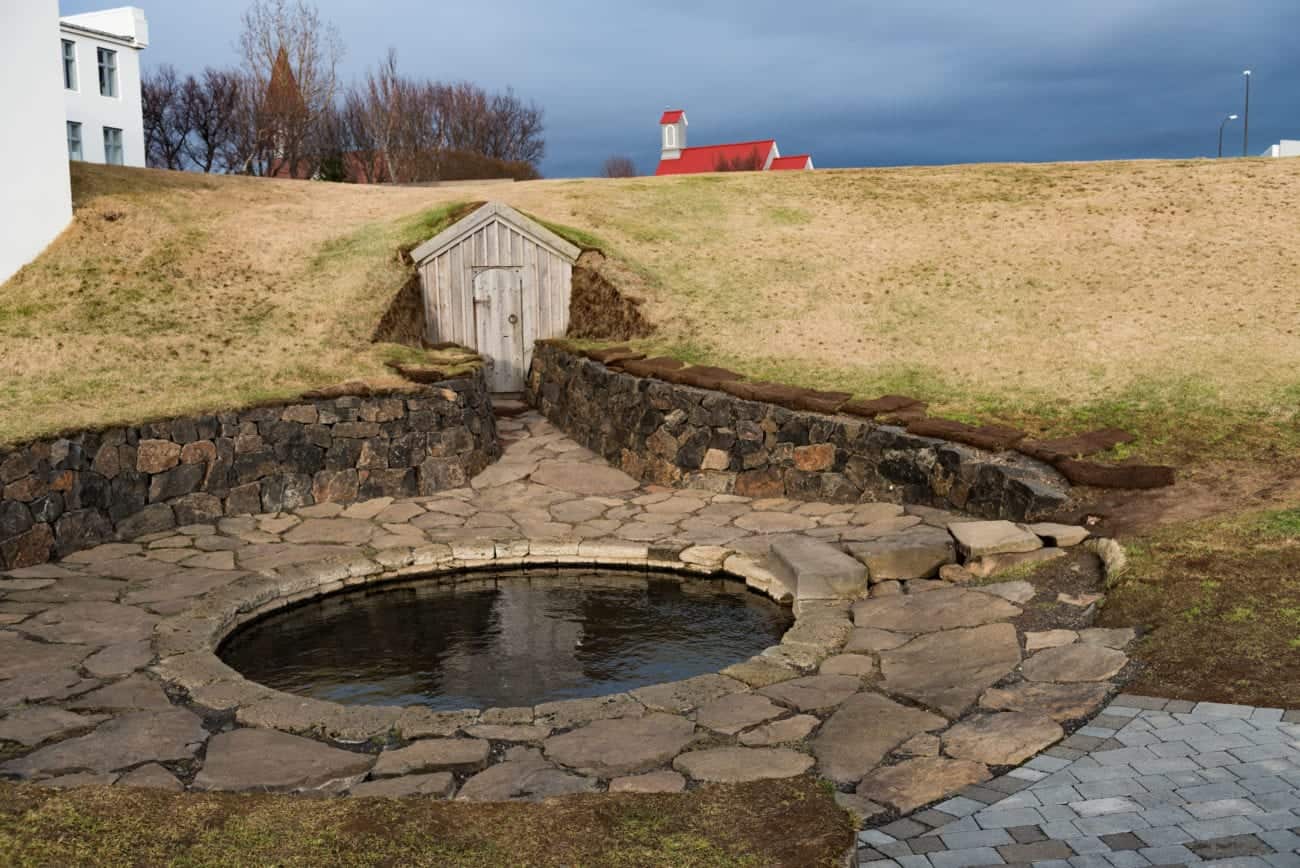
Settlement Centre
At the Settlement Centre in Borgarnes you’ll find two award-winning exhibitions. The Settlement Exhibition with the emphasis on how the land was discovered, how the Vikings conquered the open ocean and why they left their homelands. It also tells you about the settler’s adjustment to their new home and the establishment of Althing. Multi-media and theatrical techniques make this an awesome experience. The second exhibition is the Egil Saga Exhibition. The exhibition is set in a stone cellar of a warehouse. The commentary leads you through a labyrinth-like display of this complex saga of battles and love affairs, magic and witchcraft. The Egil Saga historically narrates the period from 850 to 1000 and is about the lives of the clan of Egill Skallagrimsson, a Viking poet, farmer, and warrior.
Reykjanes
Viking World
On your way to or from the airport, you should most definitely visit the Viking World museum. The museum is divided into 4 main exhibitions. The Icelander, with the museum’s main attraction, the Viking ship Islendingur or Icelander. The ship is an exact replica of an old Viking ship called the Gokstad ship, which was excavated from a Viking burial mound in Norway. Vikings of the North Atlantic is a part of the museum that was produced in cooperation with the Smithsonian Institution in the USA as a part of the millennial celebration of Leifur Eiriksson’s journey to the New World. It is so interesting to learn about how Vikings were able to sail all over the world! Then they have the Settlement exhibition, that deals with archaeological findings from the Reykjanes region. Finally, there is the very interesting Fate of the Gods exhibition, all about Norse mythology and myths. This museum has so much to offer and should be on every Viking geek’s checklist!
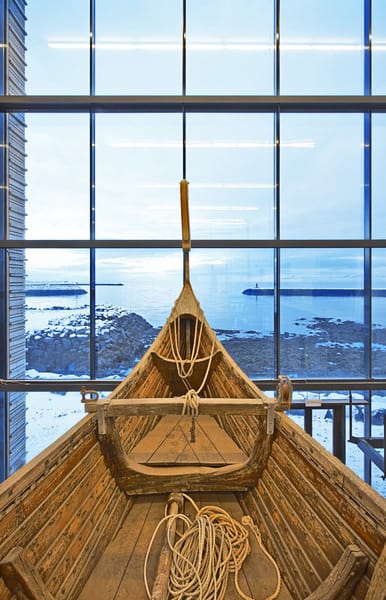
And last but not least, have a Viking picnic!
A part of traveling is experiencing the local cuisine, so I encourage you to try some of our Viking delicacies. Go to a local supermarket buy a “svið” or a sheered sheepshead; “sviðasulta” sheered sheepshead in jelly; “lifrarpylsa” liver sausage; “hangikjöt” smoked lamb and put that on a “flatkaka” rye pancake with a lot of good Icelandic butter; dried fish (also very good with butter); and of course, some “hákarl” fermented shark meat. Now you could just enjoy this with pure Icelandic water straight from the tap or for those who want to go all in – I recommend washing this down with the good old “Brennivín” the schnapps that is also known by the very Viking name, “Black Death.”
Go out and find the perfect spot in Iceland’s beautiful nature and feast like a Viking!
Tour tip: Viking sushi
